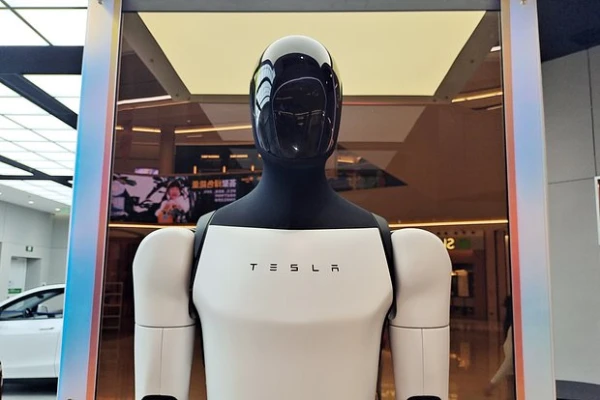
While people play with chatbots—acting as free testers and uploading information on which AI learns—an actual ecological drama unfolds behind the scenes.
The rapid scaling of capacities for artificial intelligence is gradually turning into the largest infrastructure project on the planet. According to forecasts, the efforts of individual companies will soon approach the scale of consumption of large states and significantly alter the energy and environmental balance.
In the fall of 2025, OpenAI CEO Sam Altman announced plans to create infrastructure with a total capacity of up to 250 gigawatts by 2033. The author of the piece on Truthdig compares this figure to India's energy consumption, where about one and a half billion people live. At such rates, carbon dioxide emissions could be twice as high as those of ExxonMobil, which is considered the largest non-state atmospheric polluter.
Calculations show that such infrastructure corresponds to approximately 60 million Nvidia GB300 graphics cards, and for stable operation, annual supplies of about 30 million processors will be required. The piece notes that this volume is related to the round-the-clock operation of computing units and their rapid obsolescence.
The described project is just one element of a global race. Other major companies are also building their own giant data centers. For example, Elon Musk's xAI initiative envisions the development of computing capacities equivalent to 50 million H100-class accelerators by the end of the decade, which will require about 5 gigawatts of energy. This does not account for China's investments in the artificial intelligence race, as the PRC currently conceals this data.
The mass construction of such facilities is already affecting electricity prices, overloading power grids and reducing the quality of energy supply in the residential sector. At the same time, the strain on water resources is increasing, as cooling computing capacities requires vast amounts of water.
Significant problems arise further up the chain. The growing demand for high-performance processors is causing a boom in the construction of chip manufacturing plants. In two years, nearly a hundred new facilities have begun construction in various countries, including TSMC and Samsung plants. They require significant volumes of energy and water and use chemicals that pose risks to employees.
The report cites the example of TSMC Fab 25, which will require at least 1 gigawatt of power and about one hundred thousand tons of water daily. A representative of a Taiwanese environmental organization states that this is comparable to the consumption of nearly two hundred thousand residents. A South Korean organization advocating for the rights of workers in microelectronics manufacturing previously reported cases of cancer among staff, which are linked to the use of toxic compounds.
The situation encompasses not only data centers and factories but also extractive industries. The production of advanced graphics accelerators depends on rare earth elements and other materials that require extensive mining operations. Technology corporations are pouring billions of dollars into equipment and infrastructure, while states engage in trade conflicts to slow down the development of competitors.
The authors of the analysis conclude: company directors discuss the volume of computations necessary for the development of artificial intelligence, but the question remains open as to how such systems align with the planet's capabilities and available natural resources.















Leave a comment